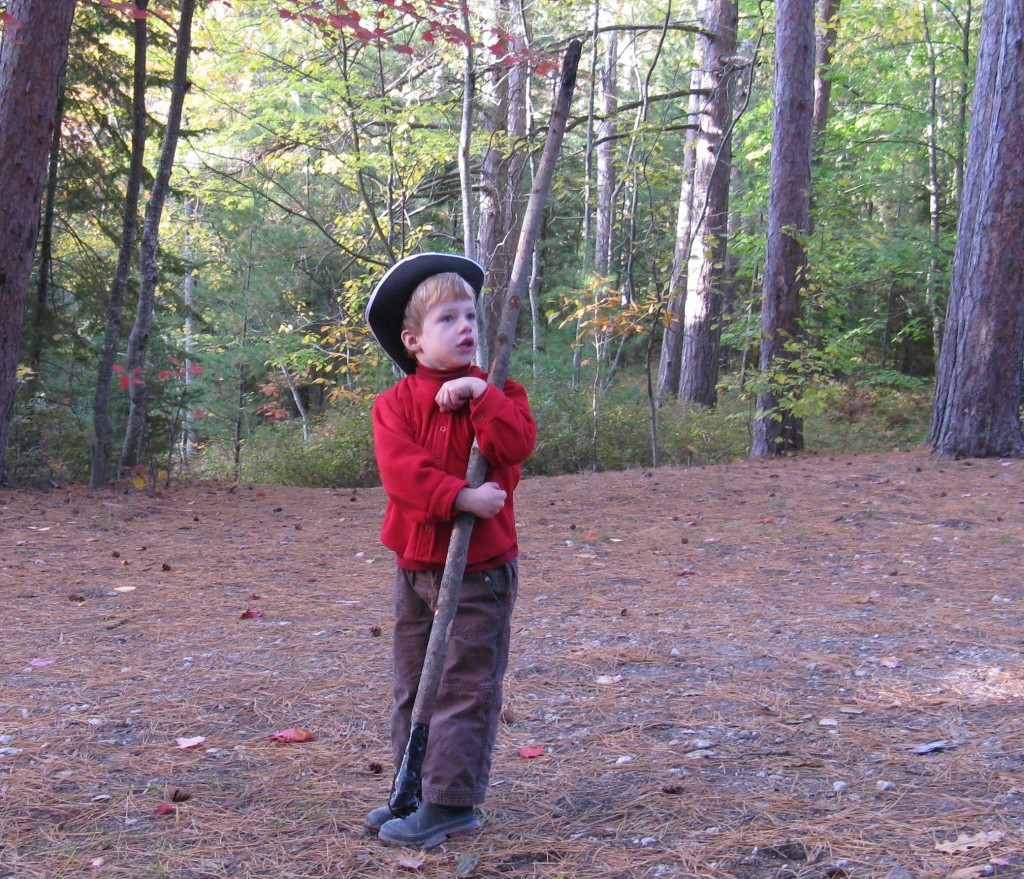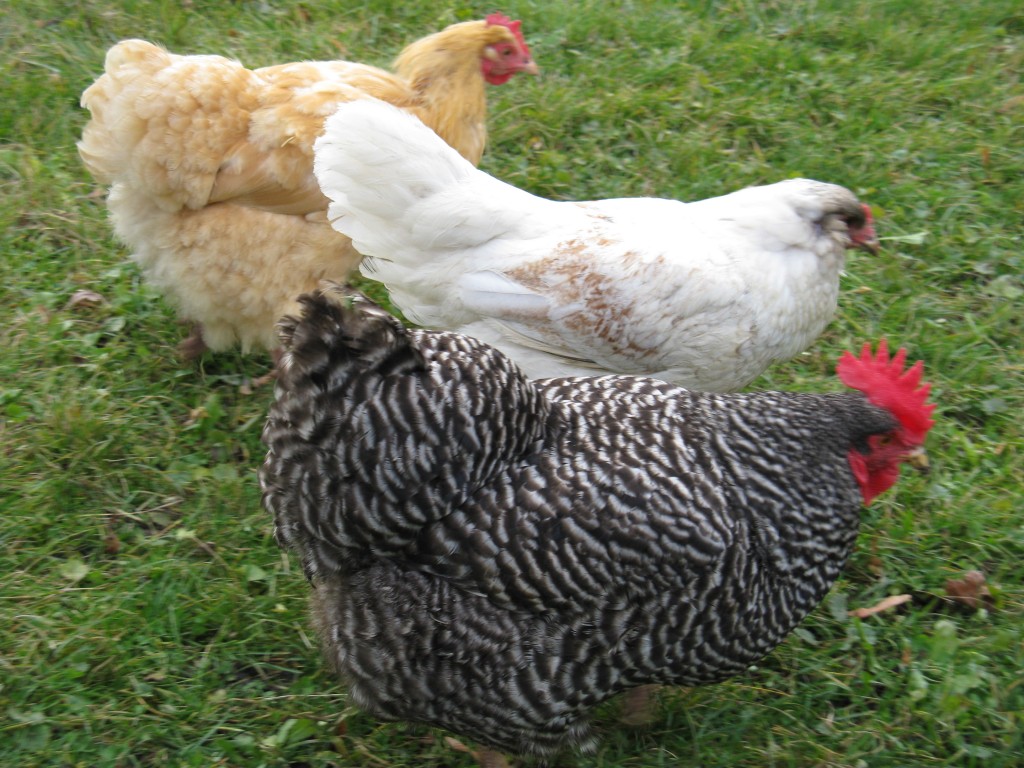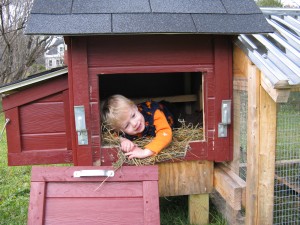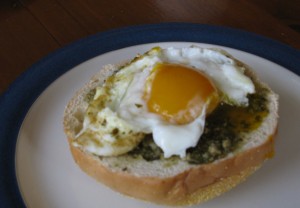A World of Books and Children
Search and enjoy 8 years of posts chock-filled with ideas from It’s OK Not to Share and beyond.
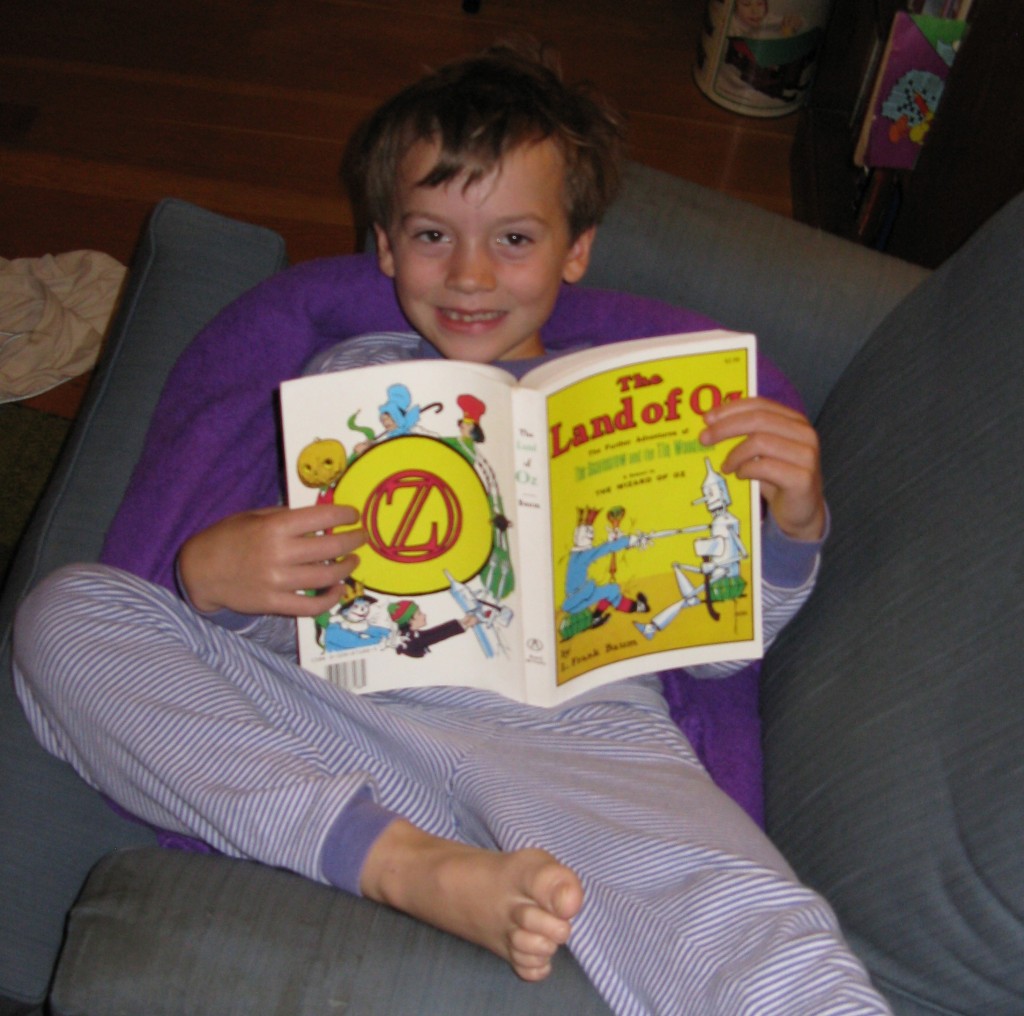
One of my all-time favorite books - The Land of Oz (book #2). Did you know there were 14 Oz books?
The Wizard of Oz was just the start of it.
I read 24 books a year. On good years, maybe more, but I always try to read at least two books a month. Reading is vastly important to me. It's one of my favorite parts about being alive. It's my lifeblood as a writer. Read, read, read and read more.
One year I was horrified to realize I'd only read eight books. Of course, that was the same year I became a new mother, but still. It's too easy for mothers, parents and busy folks to lose a sense of priorities. After that, I started keeping track. Two books a month, minimum. Since it's mid-December that means I've finished book #23. Life's simply too short to fit in all the books I want to read.
And I want to read GOOD books. If I only read 24 books a year, and I won't live forever, I want to make every book count. I used to finish every book in my twenties, but now I stop and put a book aside if it's not engaging me. Life's too short to struggle through a bad book.
I read a startling statistic recently that 70% of American adults had read at least one book this year. One book?! That means that 30% hadn't read any. And that many more had only finished one. I'll stick to my 24, thank you.
So here at year-end I'll share my favorite books of the year with you. They're not all recent books --one of my absolute favorites was A Tree Grows in Brooklyn (1943) which I finally got around to reading--but they're good ones. Maybe you'll add them to your reading list for 2013?
In no particular order, here are the books I most enjoyed in 2012:
- Half Broke Horses - Jeannette Walls (creative nonfiction)
- The Glass Castle - Jeannette Walls (memoir)
- A Tree Grows in Brooklyn - Betty Smith (fiction)
- Nothing to Envy - Barbara Demick (nonfiction - stunning book about North Korea)
- Annie John - Jamaica Kincaid (fiction)
- The Hunger Games trilogy - Suzanne Collins (fiction)
- The Art of Racing in the Rain - Garth Stein (dog's point-of-view fiction)
- Major Pettigrew's Last Stand - Helen Simonson (fiction)
What were your favorite reads this year? How do you manage to make reading a priority?
My son is never without a stick in his hand. Or five or six. Some days it’s a cane. Usually it’s a sword or gun. Yesterday he made sticks into arrows by decorating the tips with beech leaves. Sticks make forts, pretend campfires and real ones. They sail down streams as boats. They draw in the sand.
I watched a daycare outing to the park the other day. Everywhere little hands grabbed sticks. “Put those down! No sticks!” came the voice. It would have been easier to have banned the children from the playground equipment. The playground slide was ho-hum. The sticks were irresistible.
The lowly Stick is so universally popular that officials at Rochester’s National Toy Hall of Fame have inaugurated the Stick as one of childhood’s prize toys, based on universality, longevity and creativity. Everywhere the world round, children love sticks.
Stick play also scares many grown-ups. Sticks evoke danger (“you’ll put your eye out!”), conflict (“OK, that’s enough you two!”) and violence (“that’s not a gun, that’s a magic wand.”).
I say put life first and safety second.
Put creativity first and worries last.
Welcome social play and understand that social interaction includes conflict.
Teach nature’s realities but don’t vilify them.
Danger and risk. We focus on the wrong dangers. Riding in a car is statistically much more dangerous, yet we think nothing of taking our child for a ride. Yes, I do know of people who have lost vision in accidents to sticks and other objects. Life is not completely safe. It is better that we live than that we never have a chance to live at all.
Conflict and opportunity. When someone swings a stick too close to another person, there’s certainly conflict. But instead of shutting down the game because conflict “might” happen, embrace the opportunity. “Your stick is too close to his body. Where can you move so he will feel safe?” Stick play is one more opportunity to practice conflict mediation.
Violence and social play. Saying ‘bang’ with a stick gun is social play. It’s about creativity and social interaction, not violence. It’s the smiles and real-life behavior that counts, not the topic. (lots more about this in my chapter Bombs, guns and bad guys allowed.)
Of course, crossing swords with sticks isn’t everyone’s cup of tea, and on days when my 4-year-old hasn’t napped, he can’t hold it together. But when he’s well rested, crossing swords with sticks is high fun. It’s social play with a partner. It boosts brain power, too. Each player has to hit with just the right timing and power. The game is so much fun they’re both motivated to keep the game going. That involves reading social cues and emotions. It also takes great impulse control which reinforces brain development in the frontal lobe – which even benefits academics later on.
Nature as safe or dangerous. For kids who don’t get outside much, the great outdoors is sometimes presented as terrifying. “Don’t touch that – it might be poison ivy!” “Stay on the path – you don’t know what might be out there.” And of course, “Put down that stick!” Nature is neutral. We need to give kids enough experience so they know how to respond. Ex: wet logs are slippery, sticks can hurt, rocks can tip, branches can snap.
And face it, sometimes we also feel oddly guilty when our children prefer a simple stick to the expensive toy ignored in the living room.
It bears keeping in mind especially at this season. Which toys that you buy will be as treasured and versatile as the simple stick? Kids need space and time and freedom to play more than they need extra toys. Bypass the toy store. Instead stop by an appliance store for a huge empty cardboard box. The Cardboard Box is also in the Hall of Fame.
Should safety always be first? Do you let kids play with sticks? How do you balance safety and risk in nature or in other areas of life?
I'm thankful for our chickens. We've had a small backyard coop for three years now. Fresh eggs with golden yolks for breakfast, the joy of opening up the nesting box and cradling a warm newly laid egg. But after three years, egg production has dwindled and winter is coming on. On Thanksgiving weekend we plan to kill our chickens.
This is no surprise. We even named one of the chickens "Soup." Part of the reason we decided to raise chickens was to help our kids understand where food comes from. The egg part they get. What will they make of the butchering?
Likely what farm kids and rural kids the world over make of it. If we eat meat, this is part of life. I know one farm family who raised three pigs each year and always named them the same three names: Breakfast, Lunch and Dinner.
Still, it gives us pause. It's one thing to have an animal you've cared for die. It's another thing to kill it.
I have butchered chickens before. I helped a friend out with the operation, mostly to see if I could do it. If I couldn't kill a chicken myself, I figured I shouldn't go on eating them. Turns out it wasn't hard at all - psychologically or physically. I do try to buy "happy" chicken meat now; ones that had some room to roam during their lifetime. After having raised chickens myself I know the truth of this even more: chickens hate to be cooped up.
Winter is no fun to be a chicken. They're cooped up all the time. Deep snow piles up. And even when warm weather comes, these girls are getting old. They ain't no spring chickens.
Still, I'm going to miss the old birds. I like watching their simple joy in taking a dust bath, or sheltering another chicken under their wing. I like to hear them vocalize, especially the proud cacaCACACACAcackle when each one lays an egg. And I simply adore the fresh green and brown eggs with their deliciously golden yolks. But there will be new chicks in the spring.
To my surprise, that's what my four-year-old focused on when I told him the hens were getting old and we were going to kill them. "What will we name the new chicks?" he asked. "How about Fairy Bubblewrap?"
His next question was: "What will you kill them with?" A knife. That seemed to satisfy. Mostly he's curious. "I want to see all the parts. When you kill them, when you cut off their heads, when you pluck them and when you put them in the pot." We'll let both children watch if they want to, answer their questions, and help pluck.
Thanksgiving seems a good time for this. It's the time of year most of us have big birds on the table. We need to pause and remember where our food comes from. For kids, there's simply no replacement for personal experience. They may not choose to eat our homemade chicken Soup, they may decide to become vegetarians someday, but knowing what happens to old hens is important.
I think next year we might get four chickens and name them Soup, Casserole and Gumbo. Oh, and Fairy Bubblewrap.
What would you do? Involve the kids or shelter them from the process? How close have YOU come to producing your own food?

